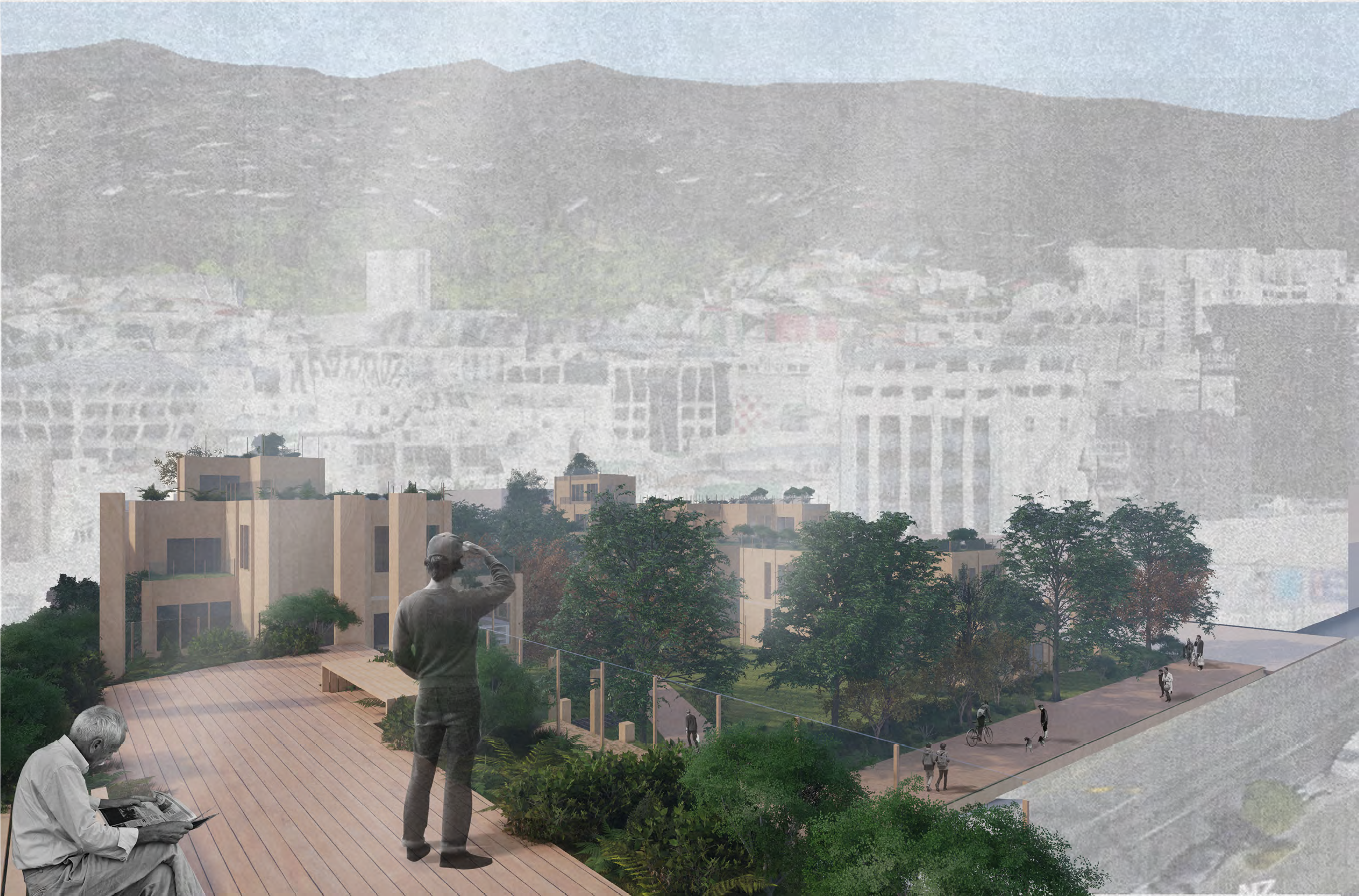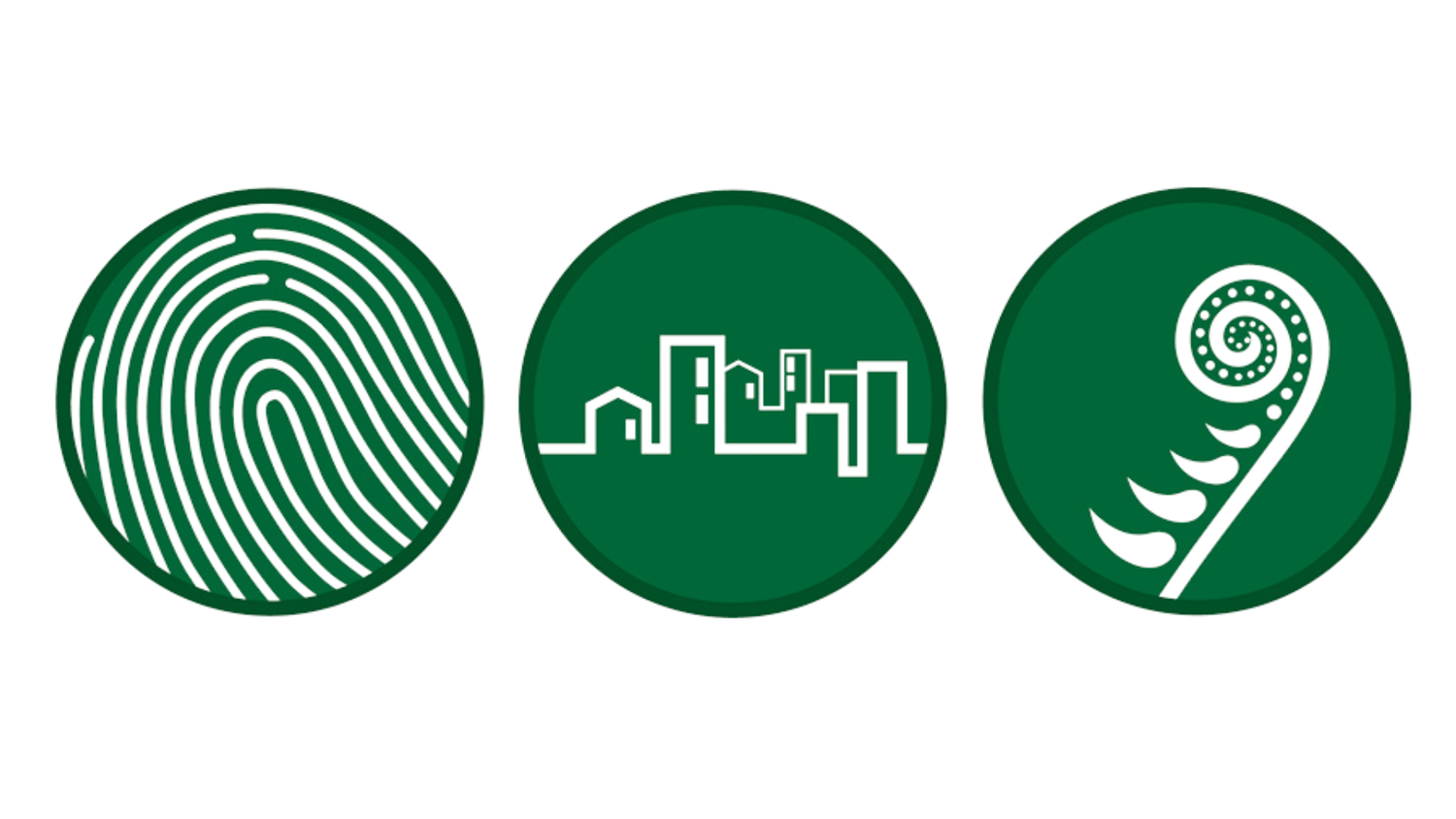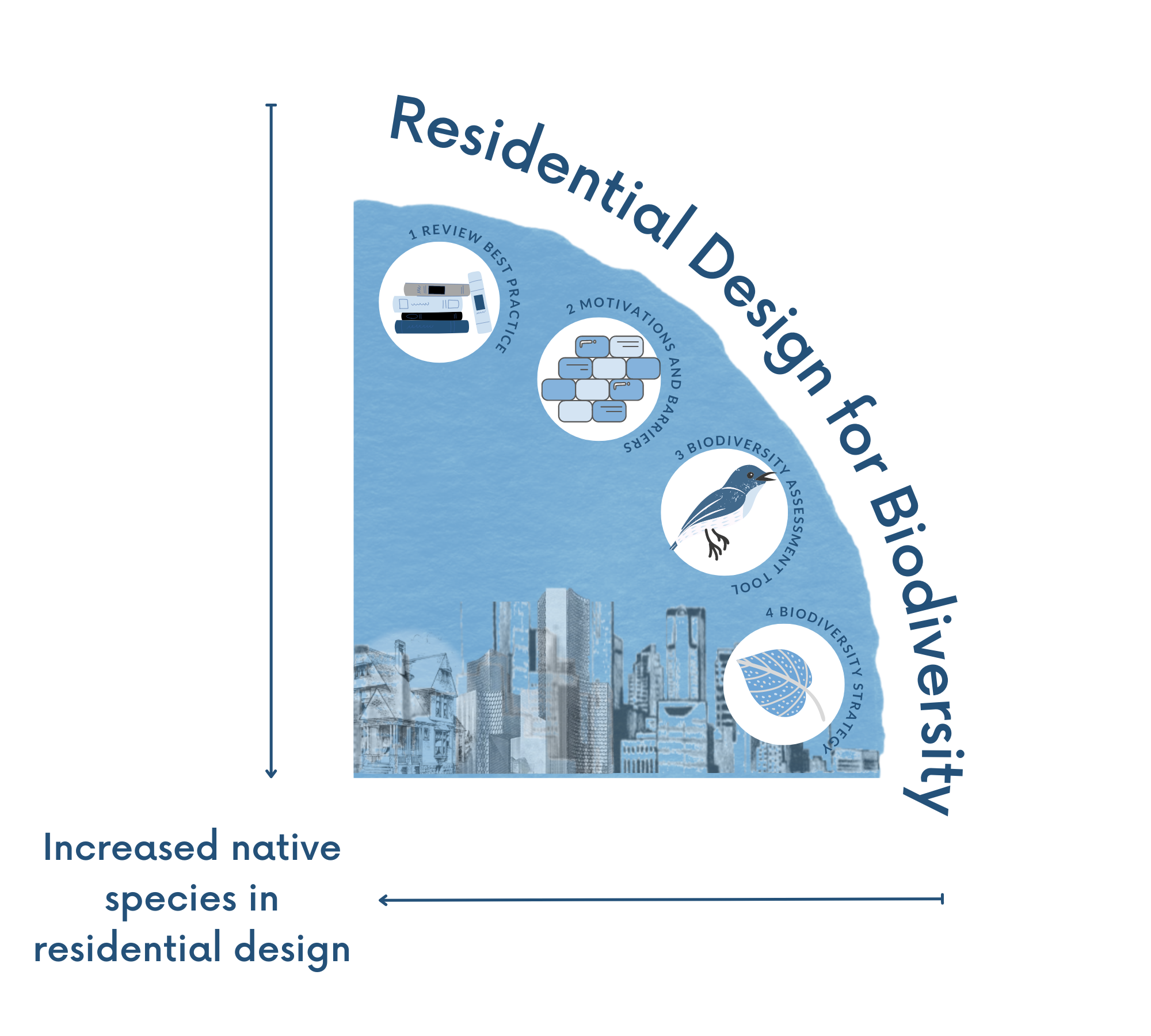
Residential Design for Biodiversity
Residential developments have huge potential to contribute to urban biodiversity through improved and innovative design.
We are devising means and goals for optimal biodiversity to be applied to urban greenspace, architecture and built infrastructure.
Our Plan
Residential developments are the predominant urban landform and have huge potential to contribute to urban biodiversity through improved and innovative design.
The capacity of residential developments to support biodiversity is dictated by residents, architects, planners, developers, landscape architects, and other professionals. Current residential design and planning fails to recognise the vital role biodiversity plays in supporting ecosystem services and human wellbeing.
We are devising means and goals for optimal biodiversity to be applied to urban greenspace, architecture and the built infrastructure, using a tool we are developing for best practice biodiversity assessment.
We will identify design, behaviour, and policy-related strategies to improve practice, and to incentivise and motivate behavioural change by professionals and the public.
Our best practice tool and guidelines will be designed to realise the biodiversity potential of new developments and the biodiversity inherent in existing residential landscapes.
Synthetic review of current and best practice for biodiverse residential developments
Through newly devised design-led case study analyses, we will define new urban biodiversity goals in residential settings.
Motivations for and barriers to adoption of best practice residential developments
Through interviews and online surveys with residents and housing development-related professionals we will build a thorough understanding of motivations, constraints and barriers to the adoption of practices that enhance native biodiversity in residential landscapes.
Developing a residential biodiversity strategy for NZ
We will co-produce a series of publications and guidelines to enhance and support biodiverse residential and neighbourhood design and development in Aotearoa New Zealand, which will include best practice exemplars.
Biodiversity assessment and enhancement tool
We will develop a biodiversity assessment and enhancement tool that is reliably indicative of residential biodiversity and can be used to quickly rate current and potential biodiversity enhancement value of residential green spaces, architecture and built infrastructure (e.g., roofs, walls, paths, storm water collection points).






